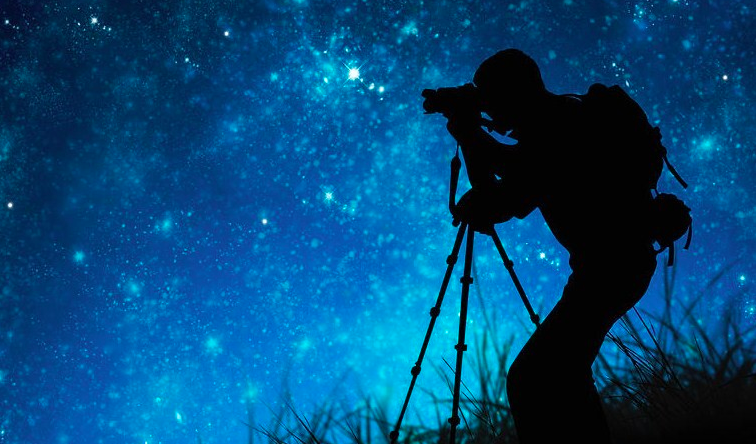
The Practice of Contemplative Photography, by Andy Karr and Michael Wood, teaches us how to fully connect with the visual richness of our ordinary, daily experience. Photography is not just a mechanical process; it requires learning how to see. As you develop your ability to look and see, you will open, more and more, to the natural inspiration of your surroundings.
Filled with practical exercises, photographic assignments, and techniques for working with texture, light, and color, this book offers a system of training that draws on both Buddhist mindfulness practice and the insights of master photographers such as Alfred Stieglitz, Edward Weston, and Henri Cartier-Bresson.
Reviews from Shambhala Publications:
“This is not your usual ‘how to be a better photographer’ book. It takes you into deeper water. It requires investigation and commitment to areas new to you. Among other things, you will think about perception in new ways. If you read this book with care, and without skepticism, it will radically expand your thinking, seeing, and photography.”—Jay Maisel
“Contemplative photography is about seizing the present moment as one would delicately hold a poppy without shedding its petals. It is about nonattachment; one has nothing to lose and nothing to gain, but everything to offer to the eyes of the viewer. In this beautiful and inspiring book, Andy Karr and Michael Wood introduce us to an approach to photography that nourishes our spiritual life rather than distracting us from it.”—Matthieu Ricard, photographer and author of Happiness: A Guide to Developing Life’s Most Important Skill
Watch this video of the book’s author discussing some of the themes found in his book, The Practice of Contemplative Photography.
“Seeing is a word that we use in a lot of different ways. Sometimes seeing is just noticing. You come to a traffic light, it’s red, you notice that and you stop the car. So we say that’s seeing. But there isn’t a lot of visual perception involved in that. At the other end of the scale is seeing where you’re immersed in the visual realm.”


